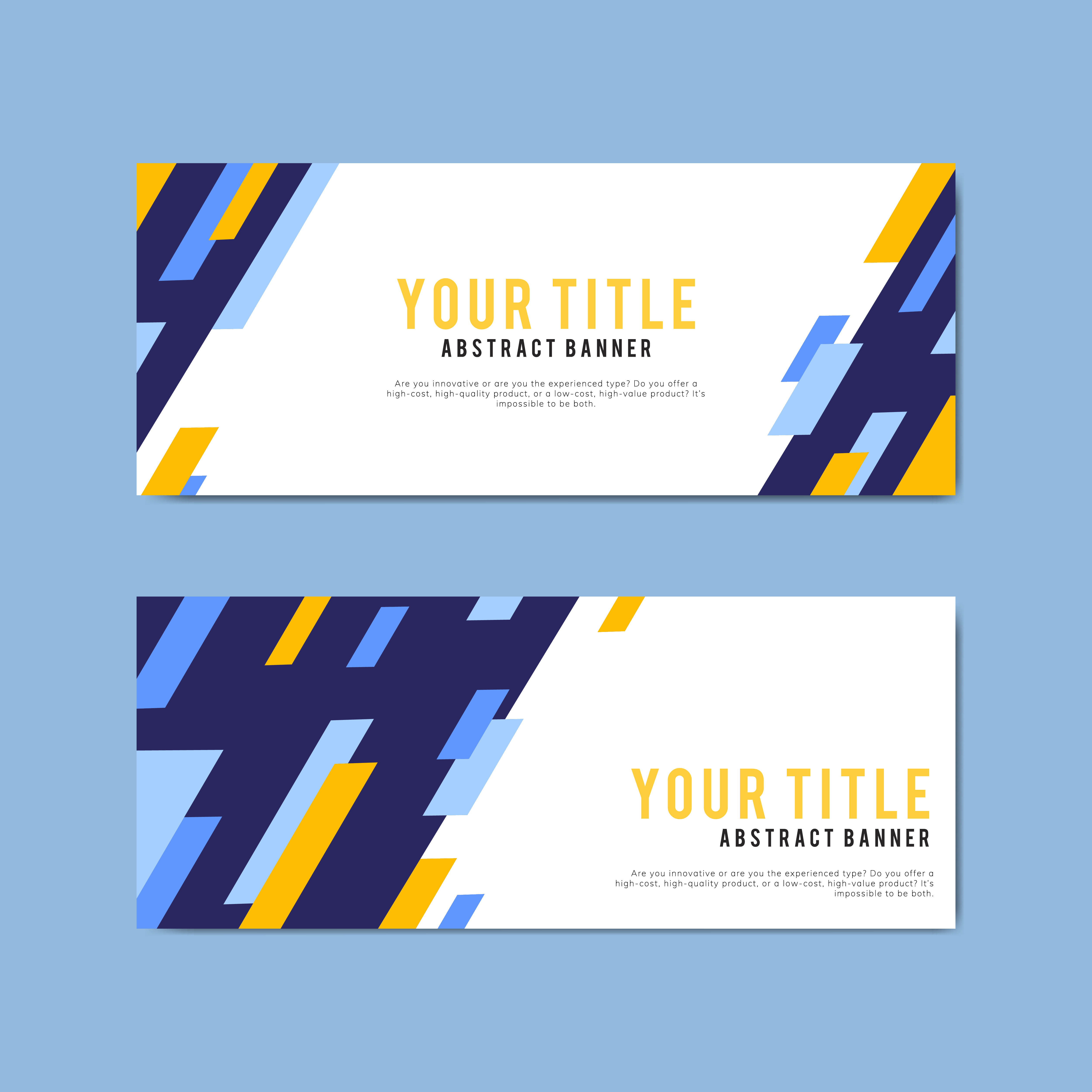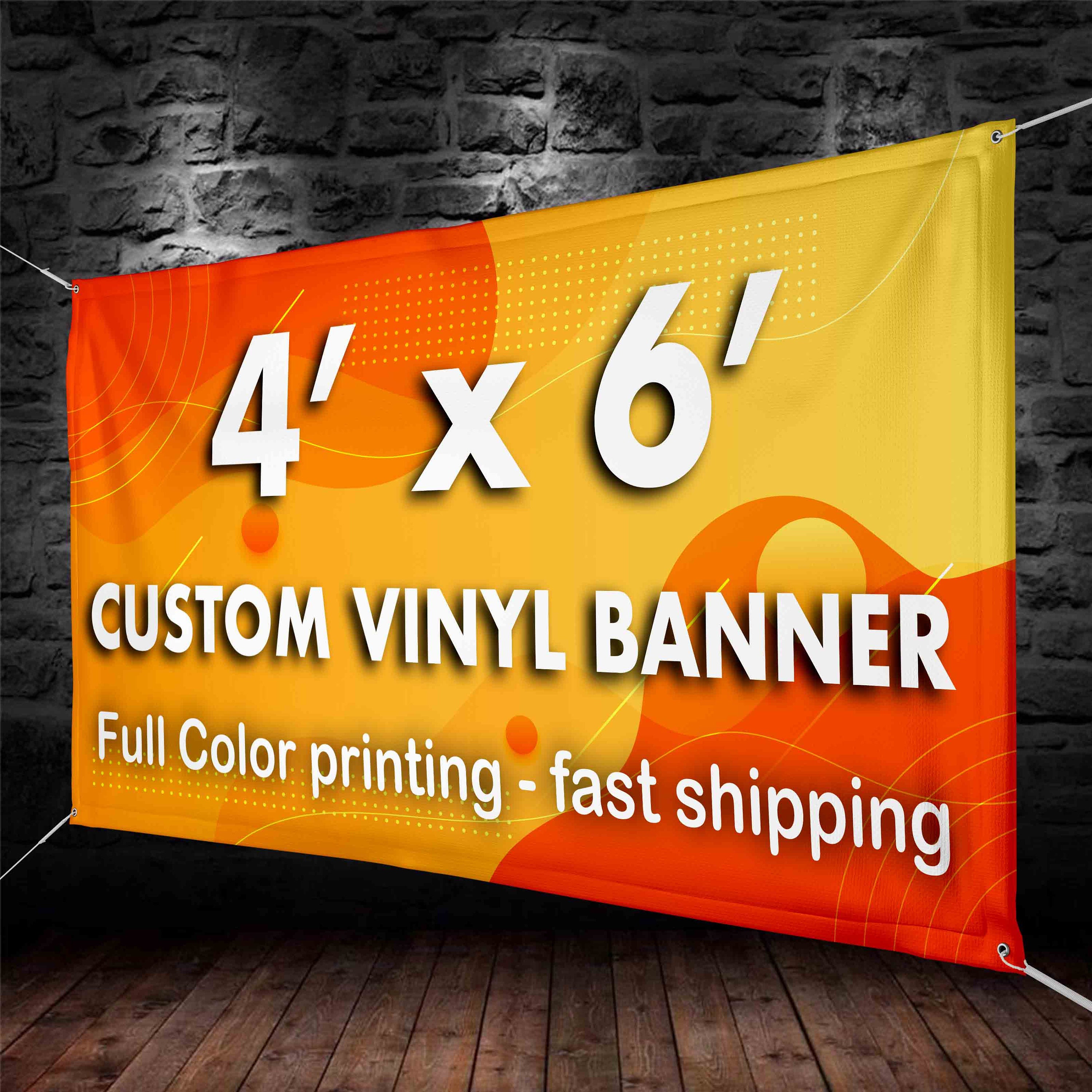Table Of Content

Differentiates real visitors from automated bots, ensuring accurate usage data and improving your website experience. You’ll enjoy a smoother, more personalized journey without compromising your privacy. Saves your settings and preferences, like your location, for a more personalized experience. Governs the storage of data necessary for maintaining website security, user authentication, and fraud prevention mechanisms.
Cite according to academic standards
It’s also important to challenge assumptions about users and understand how their experiences may differ. For example, is design practice geared solely toward users in the United States? In the early phases of design and development, it’s vital to get to grips with questions like this. Use these questions to empower teams to design products for more diverse populations.
How to Use Personas to Start Thinking About Accessibility
Take some time to reflect on how or if the experience you’re creating might exclude or limit a group of people, and then ask yourself how you can include them. Inclusive design is a method that considers all forms of human diversity to create products that are accessible and usable by all, regardless of age, language, ability, and circumstance. Inclusive design isn’t possible without understanding the broader impact of the materials you’re creating.
Foster + Partners Designs VARID: A VR/AR Toolkit for Inclusive Design - ArchDaily
Foster + Partners Designs VARID: A VR/AR Toolkit for Inclusive Design.
Posted: Wed, 27 Dec 2023 08:00:00 GMT [source]
Hire a diverse team
A Cambridge University research paper explores the challenges faced by architectural design practitioners in ... - Archinect
A Cambridge University research paper explores the challenges faced by architectural design practitioners in ....
Posted: Fri, 05 Jan 2024 08:00:00 GMT [source]
Some of the guidelines only apply to digital materials, but it includes helpful insights for all types of marketing materials. Ultimately, your goal as a designer is to create something that’s universally understandable and useful to as many people as possible. For business professionals and those in marketing, that’s a big goal. But it’s easier than, say, creating a consumer product with universal design. Examples of inclusively designed products, which are usable by a wider range of users. In the context of product design, both ‘Design for all’ and ‘Universal design’ approaches pragmatically accept that it is not always possible for one product to meet the needs of the entire population.
The Web Accessibility Word Cloud shows a collection of words often used in the accessibility design space. Some of the frequently used words are ‘accessibility’, ‘content’, ‘web’, ‘internet’, ‘design’ and ‘disabilities’. The Web Content Accessibility Guidelines (WCAG) 1.0 was first published in 1999 and was updated to version 2.0 in 2008. It is an important source of reference for international policies, standards and legislations. In addition, this is good guidance for UX designers to learn about how to design for accessible websites. Imagine going into a design workshop and telling your client that you need more hours to make his or her company website accessible.
It recognizes the access to Information and Communications Technology (ICT) as a basic human right. As an effort to improve accessibility, the W3C launched the Web Accessibility Initiatives (WAI) in 1997. The WAI provides guidelines, standards and techniques for accessibility. Create flexible and customizable interfaces that allow users to adapt the product to their specific needs. Provide options for adjusting font sizes, color contrast, and other visual elements.
Define your own inclusive design principles
Bumble allows users to select their gender outside of the binary (male/female)—which is great, but it’s far from enough to call it a truly inclusive experience. Instead of asking users to specify their pronouns, the dating app assigns pronouns and uses them to communicate with matches. It also uses gendered words when addressing users through notifications. Abstracting is a great way to ensure our users will not feel excluded.
Accessibility: How to Design for All

Decisions about color are often based on the expectation that all users can see the colors that are chosen. But such an assumption might unintentionally exclude colorblind users, who account for 8% of the global population. Accessibility guidelines sometimes serve more like a band-aid than a real solution. Real solutions exist in removing barriers altogether, rather than just giving people tools to adapt to them. Every website and digital product will likely need to approach these solutions differently, but thinking about them critically will help the inclusive design process. Inclusive design aims to accommodate those diverse experiences, both in the final product and in the design process itself.
Thus, the convention came to protect an estimated 80% of the world population. Surprisingly, the U.S. had not ratified the convention as of July 2016. Some U.S. lawmakers do not want to ratify the convention into the country. They contend that the U.S. has its own regulations for accessibility. The two main regulations in the U.S. are the Rehabilitation Act of 1973 and the Americans with Disabilities Act (ADA) passed in 1990.
In contexts where demographic identifiers (e.g., race, gender, sexual orientation) are requested, provide inclusive options. For example, Tinder, a dating application, allowed users to type a word that described their gender identity and provided more than 30 options. This level of specificity was inclusive to users who align with the selections.
Showing a limited set of mutually exclusive options can make them feel pretty bad (and remember that race and ethnicity don’t mean the same thing). Taking this into consideration, one way we can define an inclusive design approach is to say that it should enable the delivery of solutions that are not just easy to access, but also make people feel welcomed, safe, and valued. The start of a new decade in the design world brings with it a growing focus on inclusive design. This means that UX professionals across the tech industry are drawn increasingly to create products and experiences that are truly inclusive. Allows for content and ad personalization across Google services based on user behavior.
Inclusive design, on the other hand, focuses on the process of making a design user-friendly to the broadest range of people. It's easy to leave people out of an experience if differences in socioeconomic status are overlooked. Suppose someone was applying for a job and couldn't attend university because they did not have the financial means. The software responsible for reviewing resumes may pass by a fantastic potential candidate only because the algorithms filter candidates based on their education level. If your product is designed inclusively, more people will feel comfortable, enabled, and excited to interact with it. And if more people are satisfied with your product, that leads to more usage and probably more profits overall.
Inclusive and universal design look at the wide range of human difference, user needs, and diverse perspectives. While universal design usually provides a universal or single solution to a problem, inclusive design looks for solutions that are inclusive of the whole and work for different groups of people. Inclusive design is the practice of creating material, whether physical or digital, that takes into account the diversity found in human beings. For brands, inclusive designs can help ensure your target audience feels seen and that your brand is behaving in a socially responsible manner. The more intention we place on inclusive design, and the more attention we give it in our conversations and design processes, the more usable our products and experiences will become and the greater the impact our work will have. Accessibility should be integrated fully into your inclusive design processes.
The World Wide Web is an important component of information and communications technology. In this section, we’ll take a look at how ICT Accessibility affects UX Design for the web. The idea of barriers from the Social Mode of Disability is adopted into global policies for digital accessibility. It adopted the Convention on the Rights of Persons with Disabilities, which is often referred to as the CRPD or ‘the convention’, in 2006 and signed it into effect in 2007.














